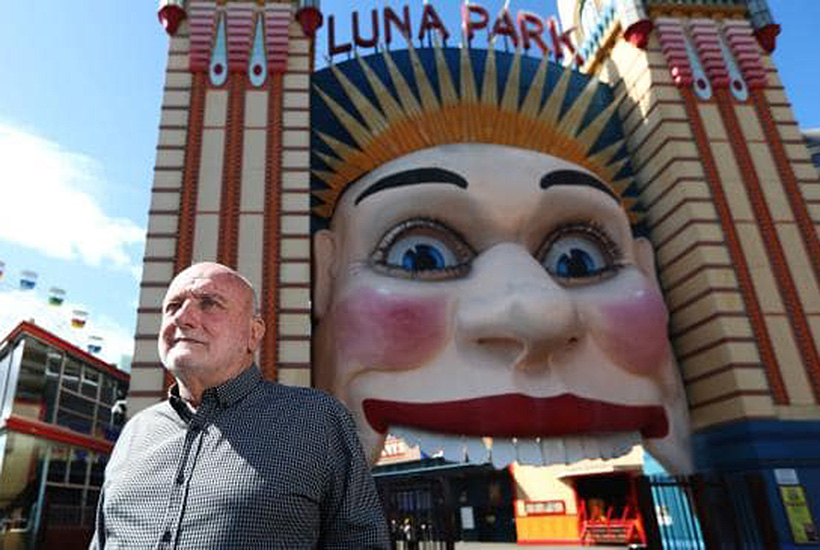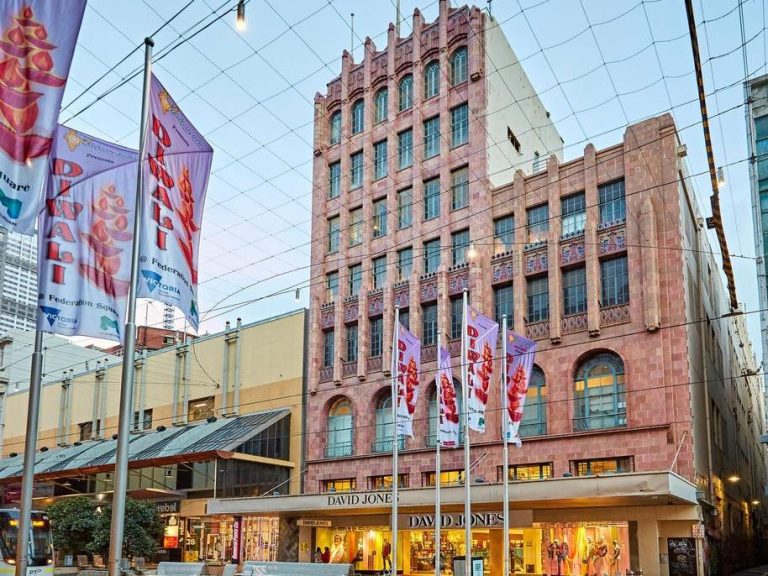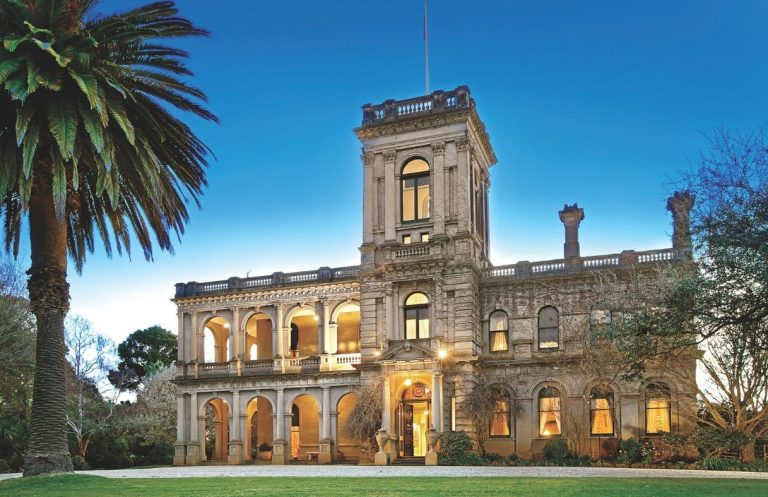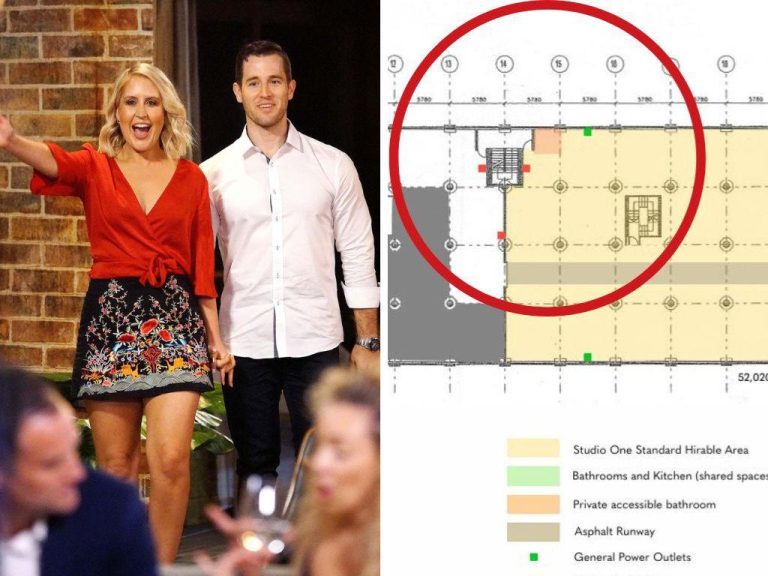Luna Park wins battle to build bigger rides

NSW Planning Minister Anthony Roberts appears set to agree to demands from property giant Brookfield Multiplex to remove planning controls to allow it to erect rides at Sydney’s Luna Park, some permanently fixed and up to 12-storeys tall, without having to seek development approval.
The move comes only months after Roberts defeated Multiplex in a court case in which it sought just such freedom from standard planning procedures.
Multiplex will also be allowed to install rides where they are currently prohibited, including the Lavender Green section of the site on Crown land near the northern end of the Harbour Bridge.
Commercial Insights: Subscribe to receive the latest news and updates
According to Ian Mutton, an independent councillor on North Sydney Council, it follows a campaign by Multiplex ahead of a March state election, in which it threatened to close the iconic amusement park unless it obtained freedom from having to lodge development applications for new rides.
“Nobody wants to be the premier who sees Luna Park close — Multiplex plays that game all the time,” Mutton says.
The warning was issued by the managing director of the Multiplex subsidiary Luna Park Sydney, Peter Hearne, in July, after Roberts won a case in the Land and Environment Court against Multiplex, which had claimed it was exempt from planning controls for new rides.
“Rules are being interpreted in a way that places the long-term future of the park in doubt,” Hearne said at the time.
Soon after that, Multiplex asked the government to provide it with what it had failed to win in court and Mr Roberts, while a final decision is pending, has with some haste taken steps to make that happen in the form of drafting a proposed amendment to the State Environmental Planning Policy governing Luna Park.
The SEPP would allow Multiplex, without seeking planning approval, to erect permanent rides and amusements up to a stationary height of 36 metres.
When many residents objected, Roberts instituted one of the fastest acts of independent consultation on record: he wrote to the Independent Planning Commission on November 20 requesting advice and that panel met at 8:30am that morning for a one-hour meeting with departmental staff. The IPC sought no public comment, supported the proposal, and issued a press release to that effect three days later.
IPC chair Mary O’Kane says the turnaround was “faster than we do on some but not impossibly fast” and reflected the fact “we were asked for very fast advice”. She insists the process has been independent and rigorous.
A spokesman for Roberts admits the incongruity of his fighting and winning the court case against Multiplex only to subsequently provide the freedom from planning control.
“But it’s important for the public and stakeholders to understand the government will always prosecute a vigorous defence of our own laws when challenged,” the spokesman says.
Hearne declined to speak to The Australian but in a statement the company says the proposed changes have received overwhelming support from public submissions.
This article originally appeared on www.theaustralian.com.au/property.







